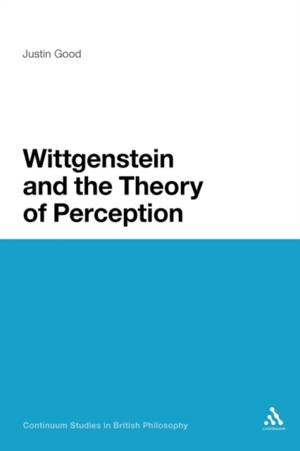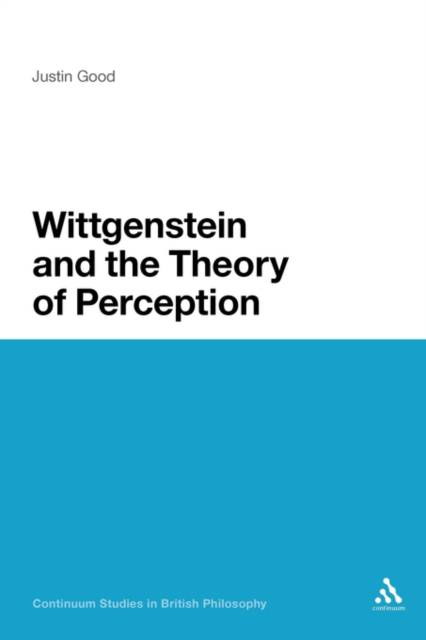
Je cadeautjes zeker op tijd in huis hebben voor de feestdagen? Kom langs in onze winkels en vind het perfecte geschenk!
- Afhalen na 1 uur in een winkel met voorraad
- Gratis thuislevering in België vanaf € 30
- Ruim aanbod met 7 miljoen producten
Je cadeautjes zeker op tijd in huis hebben voor de feestdagen? Kom langs in onze winkels en vind het perfecte geschenk!
- Afhalen na 1 uur in een winkel met voorraad
- Gratis thuislevering in België vanaf € 30
- Ruim aanbod met 7 miljoen producten
Zoeken
Omschrijving
In this study of Wittgenstein's later work on the philosophy of psychology, his cryptic remarks on visual meaning and the analysis of the concept of perception are used as a basis for a new approach to the philosophical study of perception. Justin Good analyses a host of issues in contemporary philosophy of mind and visual studies, including the concepts of visual meaning, visual qualia and the ineffability of visual experience. He also explores the relation between conceptual analysis and causal explanation in the theory of perception, and the relation between visual syntax and visual meaning. The larger aim of Wittgenstein and the Theory of Perception is to demonstrate a way to appreciate cutting-edge theoretical work on perception while at the same time grasping the limits of such research. In turn, this method not only offers a productive framework for clarifying the complex conceptual shifts between different contexts - like the differing concepts of 'seeing' in, for example, art history and neuro-anatomy; it also provides real insights into the nature of perception itself.
Specificaties
Betrokkenen
- Auteur(s):
- Uitgeverij:
Inhoud
- Aantal bladzijden:
- 192
- Taal:
- Engels
- Reeks:
Eigenschappen
- Productcode (EAN):
- 9781441120014
- Verschijningsdatum:
- 16/12/2010
- Uitvoering:
- Paperback
- Formaat:
- Trade paperback (VS)
- Afmetingen:
- 156 mm x 234 mm
- Gewicht:
- 276 g

Alleen bij Standaard Boekhandel
+ 176 punten op je klantenkaart van Standaard Boekhandel
Beoordelingen
We publiceren alleen reviews die voldoen aan de voorwaarden voor reviews. Bekijk onze voorwaarden voor reviews.









